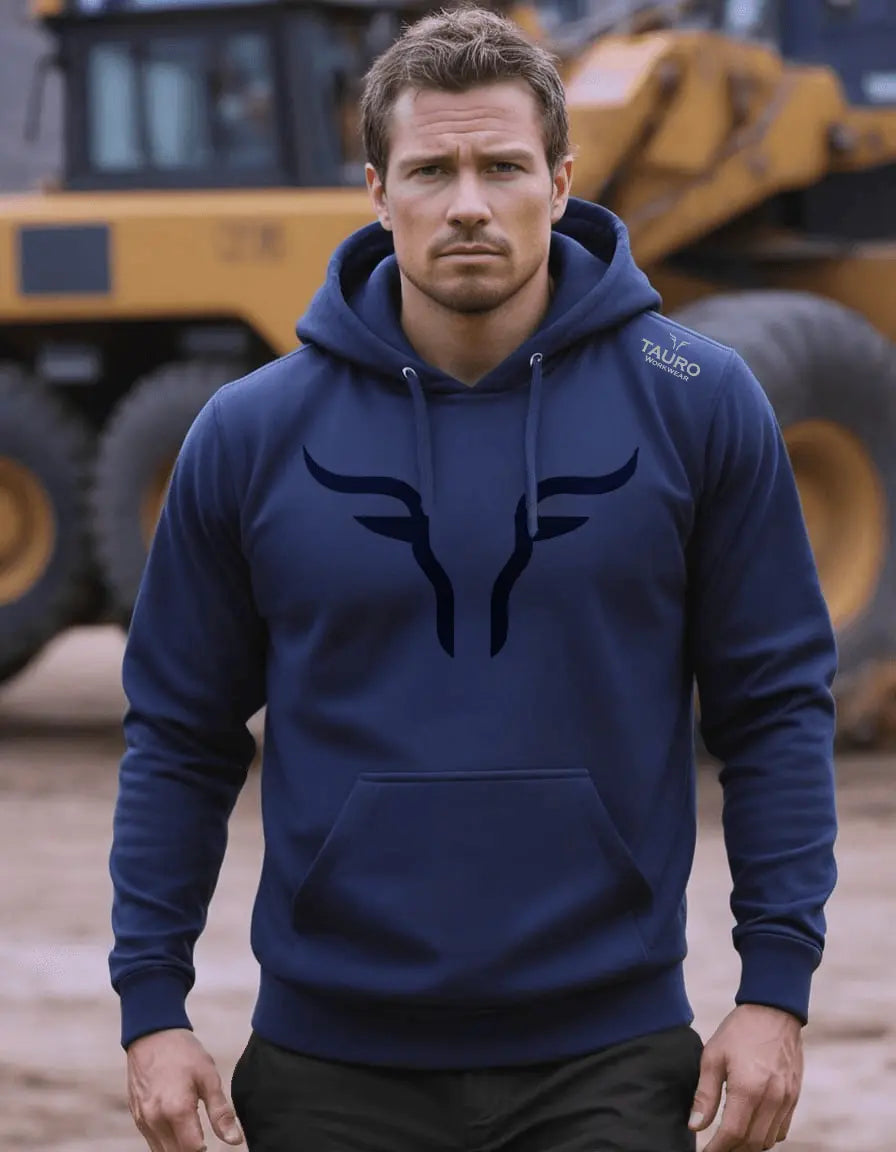
Does it matter if my workwear is loose or tight?
Introduction
When it comes to workwear, finding the perfect fit isn't just about looking good—it's about safety, comfort, and functionality. Whether you're an electrician, plumber, carpenter, or any other type of tradesman, the right clothing can make all the difference in your daily performance. In this blog post, we’ll explore the pros and cons of baggy versus tight workwear, and how to strike the perfect balance for your needs.
The Case for Baggy Workwear
Baggy workwear has long been a staple in various trades, offering several key benefits:
1. Mobility and Flexibility
Baggy clothing allows for a greater range of movement, which is crucial for trades that require bending, stretching, and kneeling. The extra fabric can accommodate these movements without restricting you.
2. Ventilation
Loose-fitting garments tend to be better ventilated, helping to keep you cool in hot environments. This can reduce the risk of heat stress and improve overall comfort during long work hours.
3. Layering
With more room underneath, baggy clothing is ideal for layering in cold conditions. You can easily add thermal layers without feeling constricted.
The Drawbacks of Baggy Workwear
Despite its benefits, baggy clothing has some notable downsides:
1. Safety Risks
Loose clothing can easily get caught in machinery, leading to serious injuries. It's important to balance mobility with safety, ensuring that excess fabric doesn’t pose a hazard.
2. Efficiency
Excess fabric can sometimes hinder your movements, particularly in tight spaces. This can slow you down and reduce your efficiency on the job.
The Case for Tight Workwear
Tight or fitted workwear also has its advantages, particularly in terms of safety and precision:
1. Safety
Fitted clothing is less likely to get caught in machinery or snagged on sharp objects. This reduces the risk of accidents and injuries on the job site.
2. Precision
When your clothes fit well, you can move more precisely. This is especially important for tasks that require fine motor skills, such as wiring or intricate carpentry.
3. Modern Aesthetic
Many tradesmen prefer the modern, sleek look of fitted workwear. This can enhance your professional appearance and even boost your confidence.
The Drawbacks of Tight Workwear
However, tight workwear isn’t without its challenges:
1. Restricted Movement
Tight clothing can restrict your range of motion, making it harder to perform physically demanding tasks. This can lead to discomfort and even injuries over time.
2. Breathability
Fitted garments often lack ventilation, which can make them uncomfortable in hot weather. Overheating can lead to decreased performance and health risks.
Finding the Perfect Fit
So, how do you find the perfect balance between baggy and tight workwear? Here are some tips:
1. Choose the Right Fabric
Opt for breathable, stretchable fabrics that offer both comfort and flexibility. Materials like cotton blends, polyester, and spandex can provide a good mix of durability and comfort.
2. Consider Your Job Requirements
Think about the specific demands of your trade. If you work with heavy machinery, prioritise safety with more fitted clothing. For trades requiring a lot of movement, opt for looser fits that enhance mobility.
3. Layer Smartly
In colder conditions, use base layers that fit snugly to retain warmth without adding bulk. Add looser outer layers to balance warmth and mobility.
4. Try Before You Buy
Always try on workwear before purchasing. Move around in it, bend, stretch, and make sure it doesn’t restrict your movements or feel uncomfortable.
"Choosing the right workwear is essential not just for comfort, but for safety and efficiency on the job. It’s important to find a balance that suits your specific work environment and tasks," says Ross Gard, Founder of Tauro Workwear.
Conclusion
Finding the right workwear is about more than just preference—it's about meeting the demands of your job while keeping yourself safe and comfortable. By understanding the benefits and drawbacks of both baggy and tight clothing, and considering your specific needs, you can make an informed choice that enhances your performance and well-being.
For more tips on choosing the best workwear, check out Workwear Experts or visit Trade Gear for a wide selection of workwear options tailored to your trade. Additionally, consider exploring the Tauro Workwear blog for detailed insights and product recommendations. Tauro Workwear offers a variety of high-quality, durable options specifically designed for tradesmen, with articles like Understanding the Strongest Fabrics for Workwear and Essential Tool Safety Tips for Construction Sites that can help you make informed decisions about your workwear.
Additional Resources
- Health and Safety Executive (HSE) Guidelines on Workwear
- Best Fabrics for Workwear
- Top Workwear Brands for Tradesmen
Stay safe and comfortable out there!




